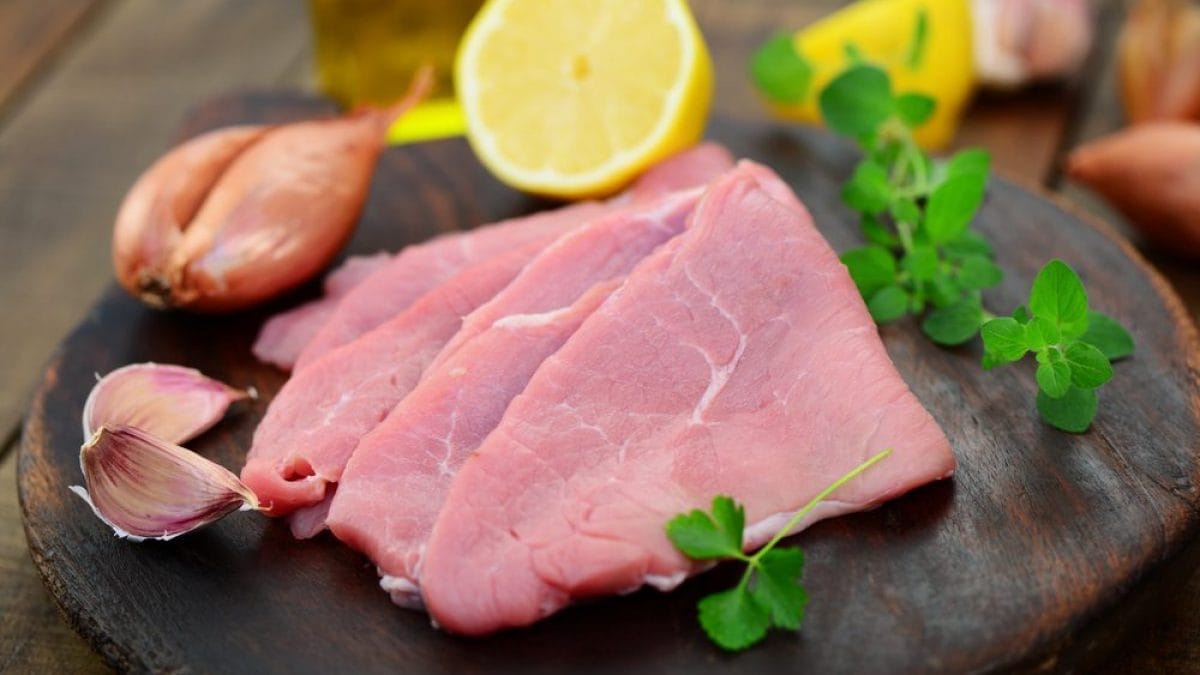
When we talk about beef, we tend to generalize everything that comes from cattle, only to find ourselves a little confused at the grocery store or butcher's when it's time to buy it. In addition to the many cuts available from this animal, from fillet to chops, and the different breeds, such as Angus or Kobe, there are differences that take into account age. Between veal and beef, this is precisely the starting point when comparing meats, given that they are made from a young animal and an adult, which means differences in appearance, texture, composition, and, consequently, also in the way they are cooked.
First Difference: Age
The primary difference is the age of the animal. A calf is considered to be an animal younger than 8 months, usually slaughtered between 5 and 7 months of age, and which up until that point has been fed only on milk. It can be male or female. A steer, on the other hand, is an adult bovine animal: it is castrated between 2 and 4 years of age. It is fed hay and cereal-based feed, depending on the quality of the farm, and castration promotes fattening.
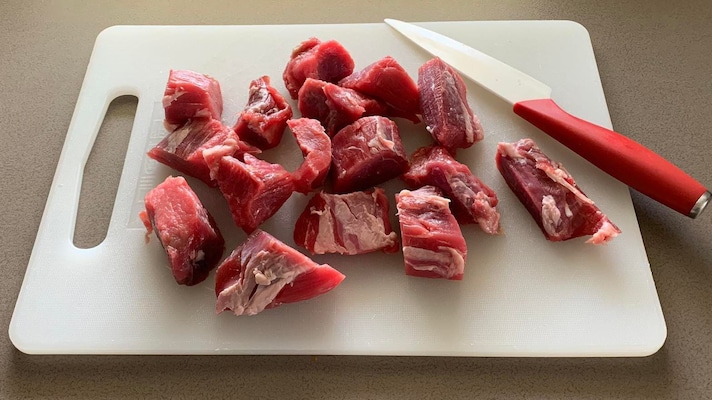
Second Difference: The Characteristics of the Meat
Depending on age and diet, meats have their own unique characteristics. Veal is pink in color and is tender, delicate, and digestible, with plenty of water and very little fat. It can be defined as lean, especially the fillet. Beef, on the other hand, has more evident, opaque red hues, with a good amount of fat infiltrating the tissues, which gives it its classic marbling: it is more flavorful than beef, generally soft, and also richer in iron.
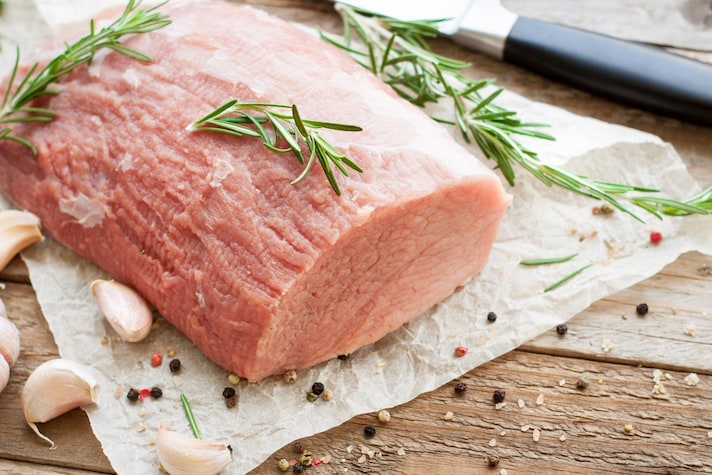
Third Difference: Use in Cooking and Recipes
Veal is particularly suitable for a wide range of preparations. Its tenderness makes it a favorite with children and the elderly, and it's excellent for low – calorie diets and for athletes: in this case, grilled escalopes and slices are perfect. It also lends itself to slow cooking, which enhances its tenderness and adds flavor: stewed, it's ideal for stews and braised dishes, while in the oven it can be prepared as a traditional roast or stuffed, as in the stuffed veal pocket using the topside, one of the leanest cuts. Veal is also the protagonist of a couple of super iconic recipes, such as vitello tonnato, which is cooked in broth and then left to cool to room temperature and seasoned with the famous sauce, and cotoletta alla milanese.
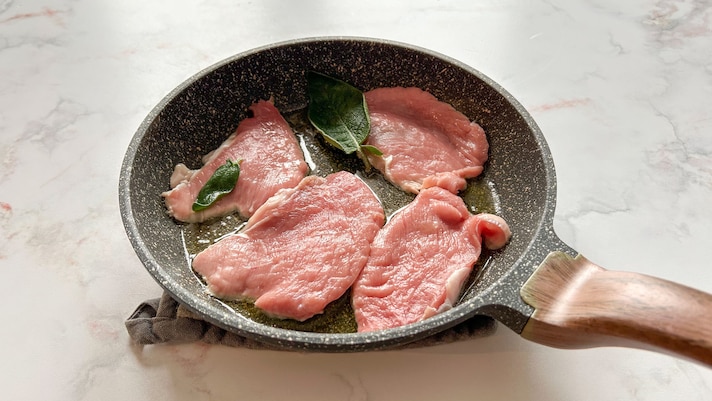
Beef, on the other hand, is a favorite among grill and barbecue enthusiasts. Quick cooking at high temperatures fully enhances its juiciness, thanks to the fat that melts and adds character: ribs, steaks, and hamburgers are the most popular examples. Yet beef is also very versatile: we find it in boiled meats, stews, meatballs in sauce, and therefore in recipes that require long cooking over low heat, but also in tartare and carpaccio, perhaps with a light marinade, which enhances the meat's natural palatability.
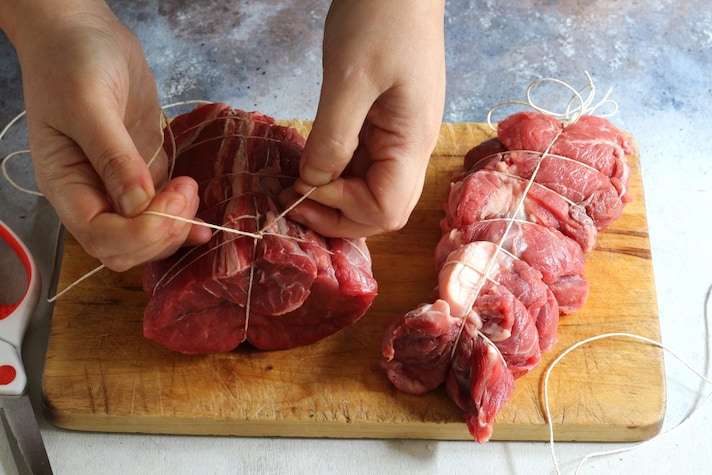
What is The Difference Between Veal and Steer?
You might think that veal and steer are the same thing and that the second term simply refers to a more folkloristic or regional expression. In reality, this is not the case: it refers to an animal between 12 and 24 months old, usually slaughtered between 16 and 20. It may or may not be castrated and has bright red, tender, flavorful meat with little fat: you can taste it in the Florentine steak. A note also for the heifer: it is usually thought of as a breed (like the Fassona), but instead it falls within the classification based on the age of the animal, given that it is a female bovine aged 15-22 months that has never given birth.
;Resize,width=767;)
